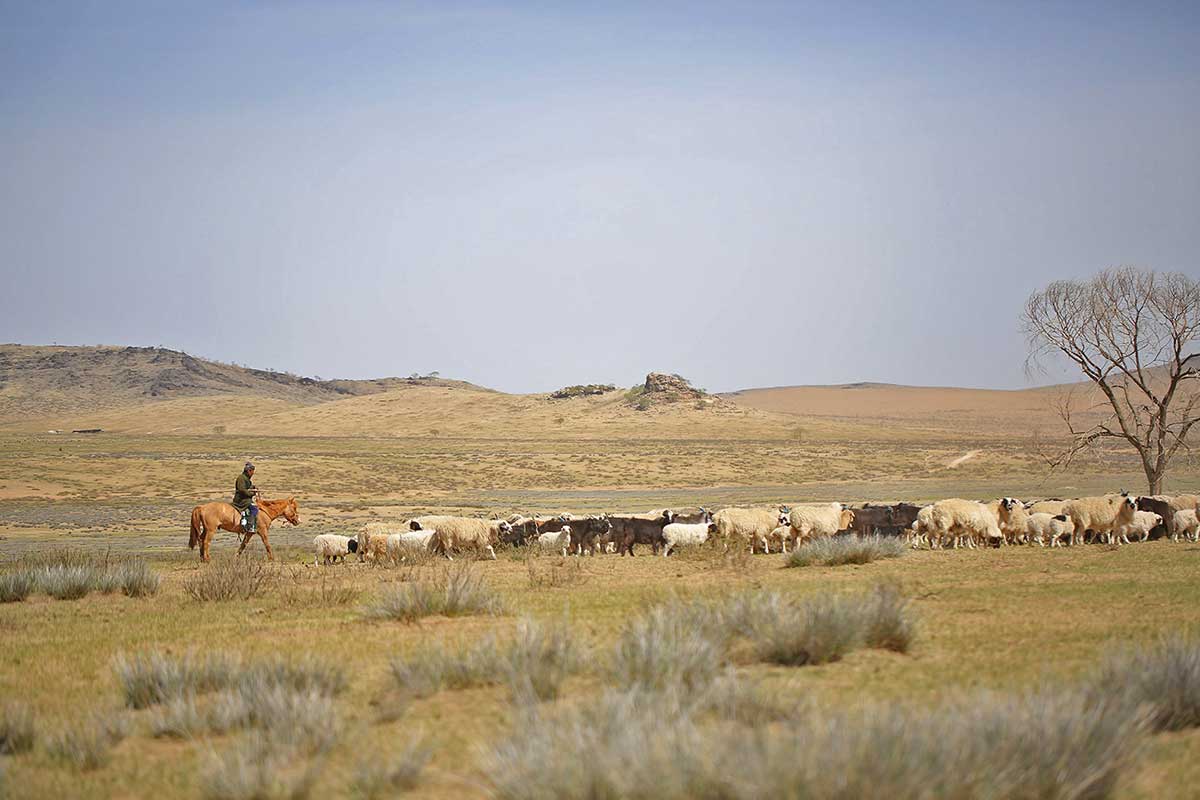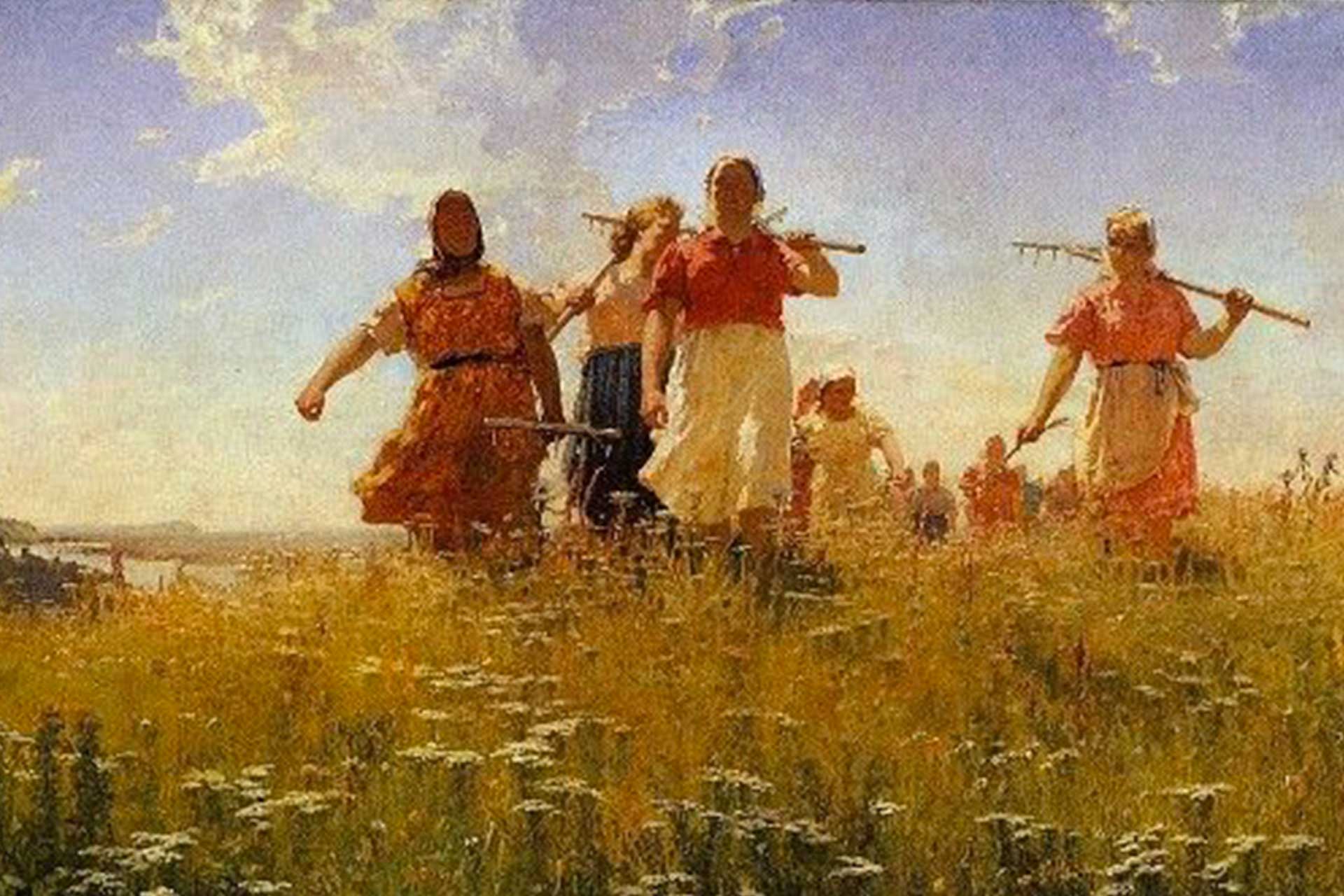The high-elevation Andean grasslands’ flow regulation capacity, soil water storage, and water yield have been reduced by afforestation and changes in land use
Grasslands and their distribution
Grasslands are areas where the majority of the vegetation is constituted by an uninterrupted cover of Poaceae or Gramineae, the family of monocotyledonous flowering plants that are referred to as grasses. Grasslands provide ecosystem services such as climate regulation, erosion control, tourism, and reaction, while grasslands situated at higher elevations deliver flow regulation, erosion control, and water provision. As they provide critical ecosystem services and host a significant amount of native biodiversity, these ecosystems are valuable from an ecological standpoint.
Climate change and its impact on precipitation patterns and temperatures affect grasslands, as increasing temperatures, droughts, and dryer weather conditions with reduced rainfall can increase the risk of wildfires, promote desertification and the encroachment of invasive species. Grasslands can be found on all continents except Antarctica and take up forty percent of the globe’s terrestrial surface, making it one of the most common among the chief vegetation types found on our planet. In Europe, grasslands cover between thirty and forty percent of the total agricultural areas.
This type of vegetation is found in a wide range of climates where the environmental conditions allow the growth of grasses from the Poaceae family, but not that of other typologies of vegetation such as trees and shrubs. The average temperatures in grasslands are between minus twenty degrees Celsius and thirty degrees Celsius
A vegetation type with countless names
All over the globe, the local populations refer to grasslands by many different names depending on the region’s language and dialect.
In the United States, where they are called prairies, the vast majority of the grasslands are located in the Midwest and the South, with the most extensive national grassland in the United States, the Little Missouri National Grassland, being located in the Midwestern state of North Dakota.
The vast plains found in South America from the Atlantic Ocean to the Andes Mountains in Argentina, Uruguay, and Brazil, characterized by a grassland biome, take the name of las Pampas.
In Central Europe, patchy and modestly-sized natural grasslands called steppe appeared before the early Neolithic, when humankind started practicing agriculture. Their extent is estimated to have remained intact until the late Bronze Age.
Italian praterie
In Italy, the local grasslands are called praterie. They can be found in the Cottian Alps in Piedmont, around the Gran Paradiso in the Valdostan area of the Graian Alps and in the western Friulan plains, where the Cellina and the Meduna rivers sink into the aquifer. In said areas, the grasslands are called magredi in the local Friulan dialect.
Tropical grasslands with scattered trees are called savannas (Bourlière et Hadley, 1983) and can be found in the tropical areas of the American and African continent and Australia.
«Grasslands have a cultural meaning. In literature there are references to flowers and even grasslands management, with scything turning up in Tolstoy, Anna Karenina, Shakespeare’s sonnets and Henry V, and in Poldark», explains Eleanor Higginson, landscape ecologist at Somerset Wildlife Trust, at the event ‘Grassland creation, restoration and management’ event held by the British charity.
The origin of grasslands
Grasslands generated by the natural environmental conditions and the behavior and presence of wild herbivores are called natural grasslands. Semi-natural grasslands are those morphed by human activity from the Mesolithic-Neolithic agricultural transition, while intensive grasslands are products of modern agriculture. In North America, natural grasslands appeared in the Miocene and Pliocene Epochs when mountains rose in this area of the continent, creating favorable climatic conditions.

The characteristics of grasslands
The various species of grasses that constitute the vegetation of global grasslands require a variety of different temperatures, rainfall, and soil conditions to thrive. On a global level, the environmental factors that prevent the establishment and growth of taller, woody vegetation and allow for the presence of grasses are grazing by animals, low rainfall amounting to an average of around 500 to 900 millimeters (twenty to thirty-five inches), and wildland fires.
Depending on environmental factors such as altitude, the physical and chemical characteristics of the soil, the microclimatic characteristics of the area, and the exposure levels, each grassland hosts a different population of plants that vary in terms of species composition and frequency.
The grasses that dominate grasslands can, thanks to their roots, sink deep into the ground and survive droughts and wildfire and, as soon as favorable conditions occur, develop new green aerial parts. The grasses found in these environments are also resistant to the grazing practiced by wild animals, as while those herbivores tear the plants’ leaves to feed on them, they do not eradicate the roots of the grasses whose leaves can be regrown from the torn base.
Grasslands provide the space to hold the floodwater
«In grasslands there’s a lot of above and below ground biodiversity. There aren’t just pollinators, as there are whole food webs that are related to grasslands. Invertebrates live there, and all the animals that feed on them. Below ground, soils and grasses are usually undisturbed and there are plenty of invertebrates that make the most of it. There can be crane fly larvae, beetle larvae, as there are lots of invertebrates at their larval stages in the soil. There are invertebrates that pupate in the top layer of the soil and on the surface, and grasshoppers that lay eggs below the surface», illustrates Higginson.
«In a grassland having an undisturbed soil is quite a crucial part of the ecology, as plenty of the insects that rely on grasslands are known as beneficial insects, an agricultural term that refers to the pollinators and insects that prey on pest species», explains the landscape ecologist.
«Grasslands provide the space to hold the floodwater and the deeper rooting species, such as grasses like the cocksfoot, docks and plantains improve the soil structure. They allow the water to filter down through the soil, decreasing the chances of flooding in the first place. Grasslands store carbon and can be fine carbon sinks. All of the roots below ground, the root systems, and the root material blocks up carbon, and how the grasslands are managed can influence how much carbon is stored».
Lampoon reporting: plant biodiversity
The 3,324 active herbaria all over the globe host more than 3 million specimens and one hundred thousand accepted species grow in botanic garden collections, but the state of the plants that don’t live in controlled and monitored conditions is dire, as due to human action two in five plant species are estimated to be threatened with extinction.
The loss of biodiversity threatens humanity, as biodiversity contributes to the decrease of our vulnerability to natural disasters, helps with preserving the availability of water resources, raw materials for energy production and medicinal resources, and lowers the risk of food and energy insecurity.
Factory farming, overgrazing, invasive species, and climate change are threatening natural grasslands
The widespread cultivation of grasslands achieved through the human manipulation of the land and the alteration of the natural vegetation has made artificial grasslands a common biome, while factors such as the elevated CO2 levels, the alteration of grazing and fire regimes, fragmentation, invasive species, and woody plant encroachment contributed to the loss of natural grasslands, making temperate grasslands one of the most threatened ecosystems.
Researchers from the Oregon State University in Corvallis, National University of Mongolia, NASA Goddard Space Flight Center and the University of Maryland have found that overgrazing is a primary cause of the degradation of the Mongolian steppe. Seventy percent of these steppes, one of the vastest remaining grassland ecosystems on the planet, is considered degraded, and eight percent of the decline of their normalized difference vegetation index (NDVI) can be attributed to the increase in animal farming.
In the Andean region, in South America, the local tropical high-elevation grasslands’ flow regulation capacity, soil water storage, and water yield have been reduced by afforestation with exotic tree species such as pines and changes in land use.
The Wildlife Trusts
A federation of forty-six independent wildlife conservation charities covering the whole of the UK founded in 1912.



















